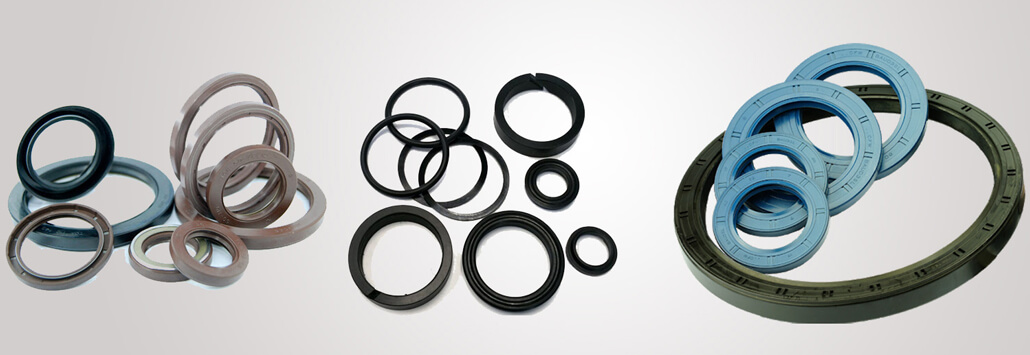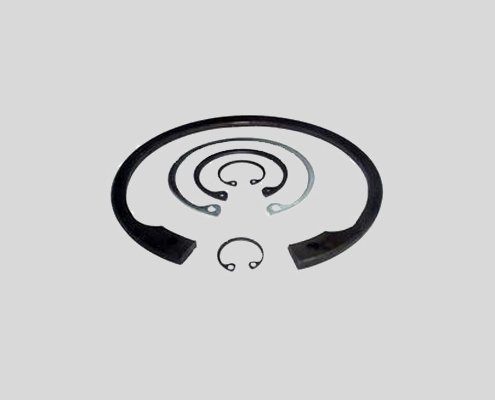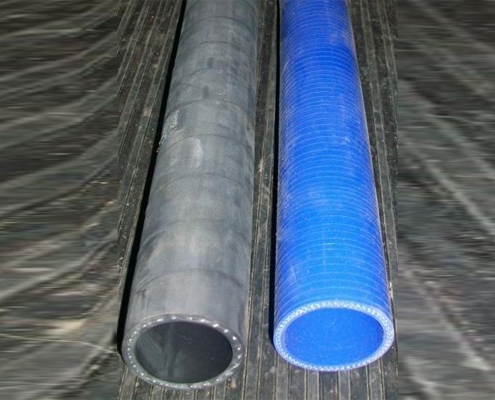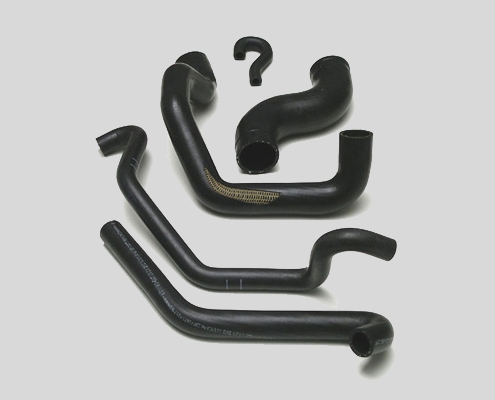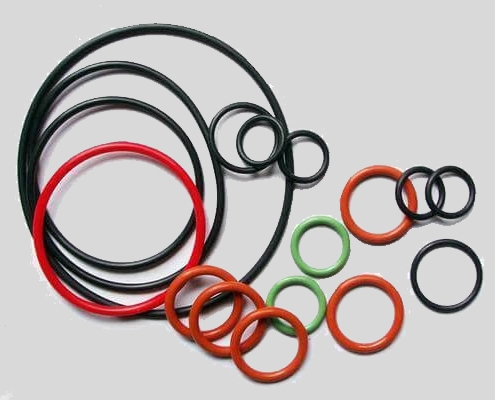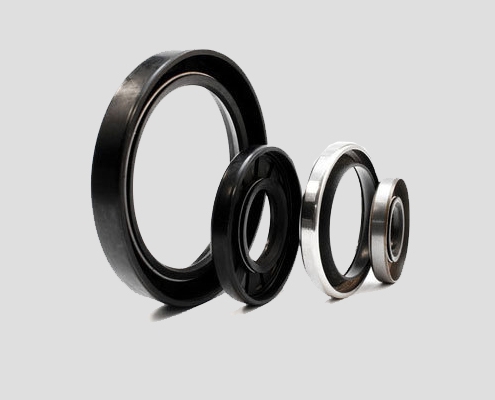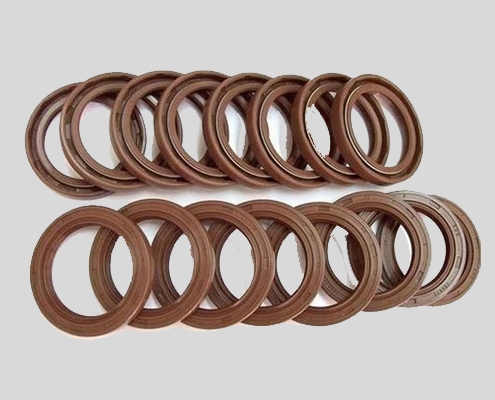Materials for Rubber O Rings
The variety of rubber materials available makes it difficult to choose the type of rubber that will be used to create rubber O rings. To seal connections and stop leaks, rubber O rings are an elastomer material. They are an efficient and straightforward remedy that is simple to produce, transport, and utilize.
- Nitrile Rubber
- Viton
- Silicone Material
- Neoprene (CR) Elastomers
Nitrile Rubber (NBR or Buna-N)
Nitrile is a type of synthetic rubber made from butadiene and acrylonitrile (ACN). Depending on how ACN and butadiene are mixed, NBR performs differently and has different applications. The rubber has a lower glass transition temperature when it contains less ACN. Resistance to some types of solvents is created by a higher ACN concentration. Nitriles are well-liked for their affordable price and great performing qualities.
Viton
Fluoropolymer elastomer and synthetic rubber combination called Viton. It is a fluorinated hydrocarbon rubber made to survive difficult circumstances. There are many grades of Viton, such as one that frequently goes into O rings and has 66% fluorine.
Silicone Material
Silicone is a type of elastomer formed from polymers derived from quartz that contains silicon, oxygen, hydrogen, and carbon. Methyl, phenyl, and vinyl are combined to create silicone O rings. Oil, corrosion, chemicals, and solvents are not able to harm silicone O rings. The Food and Drug Administration (FDA) has allowed their usage in the production of foods and beverages due to their non-toxicity and exceptional cleanliness.
Neoprene (CR) Elastomers
Neoprene is a polymerized form of chloroprene. It is created by 2-chlorobutadiene or chloroprene being emulsion polymerized. Neoprene O rings are resistant to oxidation, weathering, and UV light. They can endure the effects of various chemicals as well as oils, fats, and petroleum compounds.
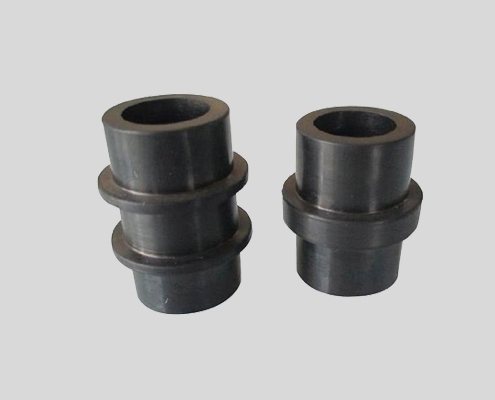 https://www.karthikautosales.com/wp-content/uploads/2022/09/Manufacturers-of-Rubber-Moulded-Products-in-Chennai.jpg
400
500
karthik_login
https://www.karthikautosales.com/wp-content/uploads/2022/07/home-Page-Logo.png
karthik_login2022-09-08 11:45:412022-09-09 07:15:38Manufacturers of Rubber Moulded Products in Chennai
https://www.karthikautosales.com/wp-content/uploads/2022/09/Manufacturers-of-Rubber-Moulded-Products-in-Chennai.jpg
400
500
karthik_login
https://www.karthikautosales.com/wp-content/uploads/2022/07/home-Page-Logo.png
karthik_login2022-09-08 11:45:412022-09-09 07:15:38Manufacturers of Rubber Moulded Products in Chennai
